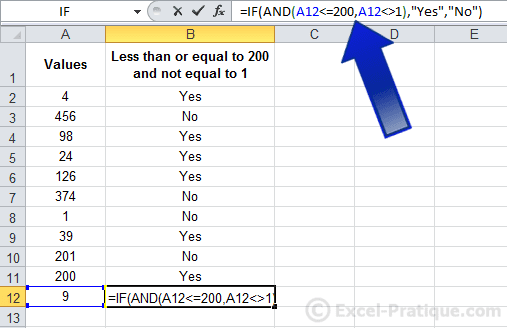How to Use Comparison Operators I=in Excel

Excel is a powerful tool for analyzing data, and one of its most useful features is the ability to use comparison operators to compare values in cells. Comparison operators are symbols that allow you to compare two values and return a true or false result. In this article, we’ll explore how to use comparison operators in Excel.
There are six comparison operators in Excel:
1. Equal to (==)
2. Not equal to (!=)
3. Greater than (>)
4. Less than (<)
5. Greater than or equal to (>=)
6. Less than or equal to (<=)
To use these operators, you need to start with a formula that compares two values. For example, let’s say you have a list of numbers in cells A1 to A5, and you want to find all the numbers that are greater than 5. Here’s how you would write the formula:
=COUNTIF(A1:A5,”>5″)
This formula uses the COUNTIF function to count the number of cells in the range A1:A5 that are greater than 5. The “>” symbol is the greater than operator.
You can also use comparison operators in conditional formatting to highlight cells that meet certain criteria. For example, let’s say you have a list of grades in cells A1 to A5, and you want to highlight all the grades that are greater than or equal to 90. Here’s how you would do it:
1. Select the range of cells you want to apply the formatting to.
2. Click on the Home tab and select Conditional Formatting.
3. Choose “Highlight Cell Rules” and then “Greater Than or Equal To.”
4. Enter “90” as the value to compare to, and choose a formatting style.
This will highlight all the cells in the selected range that are greater than or equal to 90.
In conclusion, comparison operators are an essential tool for analyzing data in Excel. By understanding how to use them, you can quickly and easily find values that meet certain criteria or highlight cells that contain important information. With practice, you’ll become a master of comparison operators and be able to use them to your advantage in all your Excel projects.






